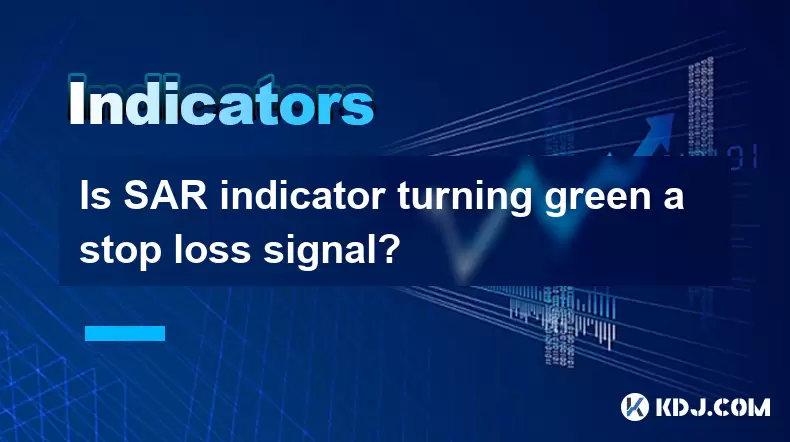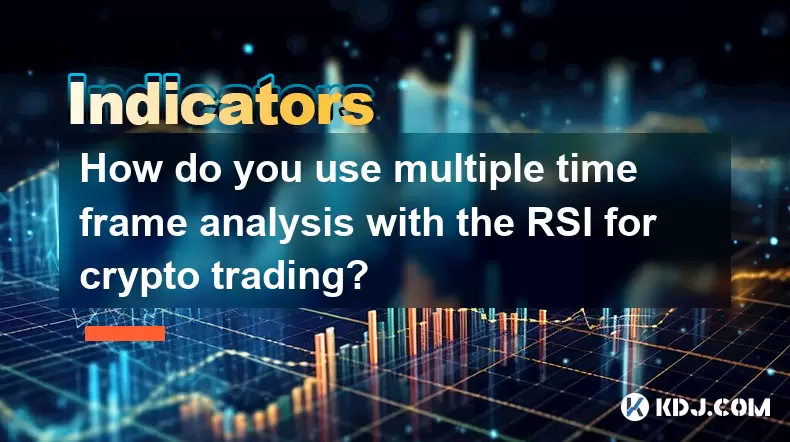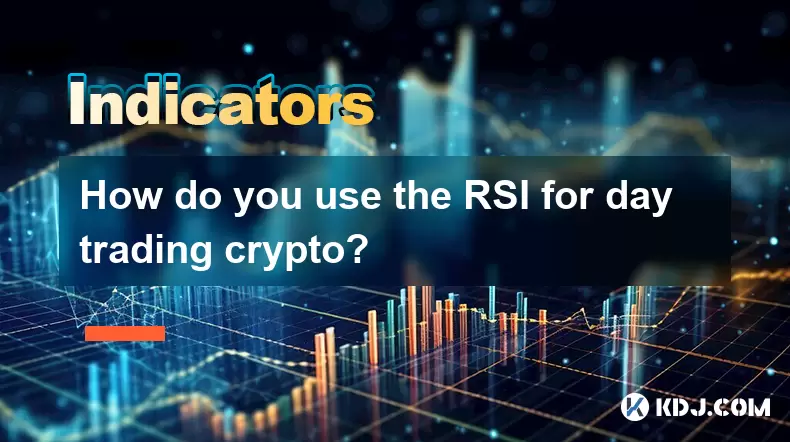-
 Bitcoin
Bitcoin $118400
0.47% -
 Ethereum
Ethereum $3836
2.20% -
 XRP
XRP $3.157
2.98% -
 Tether USDt
Tether USDt $0.9999
-0.03% -
 BNB
BNB $801.5
1.31% -
 Solana
Solana $180.9
2.07% -
 USDC
USDC $0.9999
-0.02% -
 Dogecoin
Dogecoin $0.2225
2.50% -
 TRON
TRON $0.3285
-1.02% -
 Cardano
Cardano $0.7789
2.60% -
 Hyperliquid
Hyperliquid $43.60
2.39% -
 Sui
Sui $3.892
4.41% -
 Stellar
Stellar $0.4229
3.34% -
 Chainlink
Chainlink $18.01
3.98% -
 Hedera
Hedera $0.2745
6.77% -
 Bitcoin Cash
Bitcoin Cash $582.3
3.38% -
 Avalanche
Avalanche $23.77
1.04% -
 Ethena USDe
Ethena USDe $1.001
0.01% -
 Toncoin
Toncoin $3.493
3.59% -
 Litecoin
Litecoin $110.0
2.48% -
 UNUS SED LEO
UNUS SED LEO $8.936
-0.37% -
 Shiba Inu
Shiba Inu $0.00001304
2.49% -
 Uniswap
Uniswap $9.999
1.09% -
 Polkadot
Polkadot $3.897
3.26% -
 Monero
Monero $308.6
-0.83% -
 Dai
Dai $0.9999
-0.01% -
 Bitget Token
Bitget Token $4.504
-0.04% -
 Pepe
Pepe $0.00001154
2.95% -
 Cronos
Cronos $0.1471
3.06% -
 Ethena
Ethena $0.6691
19.53%
Is SAR indicator turning green a stop loss signal?
The SAR indicator turning green signals a potential bullish reversal, not an automatic stop loss trigger.
Jun 22, 2025 at 08:49 am

Understanding the SAR Indicator in Cryptocurrency Trading
The SAR indicator, or Parabolic SAR (Stop and Reverse), is a popular technical analysis tool used by traders to identify potential reversals in asset price movements. It is particularly useful in trending markets, which are common in cryptocurrency trading due to the volatile nature of digital assets like Bitcoin, Ethereum, and altcoins.
In the context of cryptocurrency trading, the SAR indicator plots a series of dots either above or below the price chart. When these dots shift from being above the price to below it, they often appear as a green dot, especially on platforms that color-code signals for better visual interpretation. This shift is commonly interpreted as a potential bullish reversal signal.
Important Note: The color change of the SAR indicator—such as turning green—is not inherently a stop loss signal. Rather, it indicates a change in trend direction.
How the SAR Indicator Works Visually
To understand whether the SAR turning green can be considered a stop loss signal, it's essential to break down how the indicator behaves:
- When the SAR appears below the price, it suggests an uptrend, and many platforms represent this with a green dot.
- Conversely, when the SAR flips to appear above the price, it indicates a downtrend, typically shown with a red dot.
This visual cue helps traders quickly assess market conditions without needing to interpret numbers or formulas behind the scenes.
However, the color change itself does not trigger stop loss orders automatically. Traders must manually decide whether to use this signal as part of their stop loss strategy.
Using SAR as Part of a Stop Loss Strategy
While the SAR turning green may indicate a potential bullish reversal, using it directly as a stop loss signal requires careful consideration. Here’s how some traders incorporate the SAR into their stop loss methodology:
- When holding a short position and the SAR turns green (appears below price), it may signal that the downtrend is reversing. Some traders use this as a prompt to close their short positions and set a stop loss just above the SAR level.
- For long positions, when the SAR turns red (moves above price), it might suggest exiting the trade or placing a stop loss just below the previous SAR level.
It's crucial to remember that the SAR indicator lags price action, meaning it reacts to changes rather than predicting them. Therefore, relying solely on the SAR turning green for stop loss decisions can result in late exits or premature entries.
Combining SAR with Other Indicators for Better Accuracy
Because the SAR turning green isn't a definitive stop loss signal on its own, many experienced traders combine it with other tools to increase accuracy:
- Moving Averages: Using a 50-period or 200-period moving average alongside the SAR can help confirm trend strength before acting on a stop loss.
- RSI (Relative Strength Index): Checking RSI levels when the SAR turns green can provide insight into overbought or oversold conditions, helping determine if a reversal is sustainable.
- Volume Analysis: A sudden spike in volume when the SAR shifts can add confidence to the signal, suggesting a stronger likelihood of trend continuation or reversal.
By combining multiple indicators, traders reduce the risk of false signals and improve the reliability of the SAR as part of their overall stop loss framework.
Setting Dynamic Stop Loss Levels Based on SAR Movement
Some advanced traders use the SAR line itself as a dynamic stop loss point rather than waiting for a color change. For example:
- In a long position, the stop loss is placed just below the rising SAR dots.
- In a short position, the stop loss is placed just above the falling SAR dots.
As the SAR "parabola" accelerates during strong trends, this method allows traders to trail their stop loss levels dynamically. However, in choppy or sideways markets, the SAR can whipsaw between highs and lows, leading to unnecessary exits.
Therefore, while the SAR turning green may not directly serve as a stop loss signal, the movement of the SAR line can be used to adjust stop loss points in real-time during trending conditions.
Frequently Asked Questions
Q1: Can I automate stop loss based on SAR turning green?
No, most trading platforms do not support direct automation based on SAR color changes. You would need to write custom scripts or bots using APIs that monitor SAR values and execute trades accordingly.
Q2: Is the SAR more effective in certain crypto markets?
Yes, the SAR performs best in strongly trending markets. In cryptocurrencies like BTC or ETH during bull or bear phases, the SAR tends to give clearer signals compared to range-bound altcoin pairs.
Q3: What timeframes work best with the SAR for stop loss?
Shorter timeframes like 1-hour or 4-hour charts tend to generate more frequent SAR signals but also more false ones. Daily charts often yield more reliable SAR-based stop loss placements for longer-term traders.
Q4: How do I visually distinguish SAR turning green across different platforms?
Not all platforms use green for bullish SAR signals. Always check your platform’s settings or legend to confirm what colors represent SAR shifts. Some platforms may use white, blue, or even no color differentiation at all.
Disclaimer:info@kdj.com
The information provided is not trading advice. kdj.com does not assume any responsibility for any investments made based on the information provided in this article. Cryptocurrencies are highly volatile and it is highly recommended that you invest with caution after thorough research!
If you believe that the content used on this website infringes your copyright, please contact us immediately (info@kdj.com) and we will delete it promptly.
- SEC, Crypto, and Securities: Navigating the New Frontier
- 2025-08-01 05:10:12
- Cardano (ADA) Market Cap: Can It Compete with Emerging Cryptocurrencies and Meme Coins?
- 2025-08-01 04:30:12
- SEC, Crypto, and On-Chain: Navigating the Regulatory Maze
- 2025-08-01 02:31:40
- Jito Labs, Solana, and Liquid Staking: Riding the Wave of Innovation
- 2025-08-01 03:50:12
- Perpetual DEX: Navigating Onchain Trading and Solving Core Problems, a NY Perspective
- 2025-08-01 03:57:53
- Bitcoin Bullish Market: How Long Positions are Boosting the Crypto King
- 2025-08-01 02:35:33
Related knowledge

How do you use multiple time frame analysis with the RSI for crypto trading?
Aug 01,2025 at 05:19am
Understanding the Role of RSI in Crypto TradingThe Relative Strength Index (RSI) is a momentum oscillator that measures the speed and change of price ...

How can you use the RSI to determine exit points in crypto trades?
Aug 01,2025 at 04:29am
Understanding the Role of RSI in Crypto TradingThe Relative Strength Index (RSI) is a momentum oscillator widely used in the cryptocurrency market to ...

How do you use the RSI for day trading crypto?
Aug 01,2025 at 05:26am
Understanding the RSI in Cryptocurrency TradingThe Relative Strength Index (RSI) is a momentum oscillator that measures the speed and change of price ...

What does it signify when the MACD crosses below the zero line?
Aug 01,2025 at 01:43am
Understanding the MACD IndicatorThe Moving Average Convergence Divergence (MACD) is one of the most widely used technical analysis tools in the crypto...

How does the MACD histogram show momentum?
Aug 01,2025 at 01:16am
Understanding the MACD Histogram and Its Role in Cryptocurrency TradingThe MACD histogram is a visual representation of the difference between the MAC...

What is a MACD crossover?
Jul 31,2025 at 11:52pm
Understanding the Role of Private Keys in Cryptocurrency SecurityIn the world of cryptocurrency, private keys are the cornerstone of ownership and con...

How do you use multiple time frame analysis with the RSI for crypto trading?
Aug 01,2025 at 05:19am
Understanding the Role of RSI in Crypto TradingThe Relative Strength Index (RSI) is a momentum oscillator that measures the speed and change of price ...

How can you use the RSI to determine exit points in crypto trades?
Aug 01,2025 at 04:29am
Understanding the Role of RSI in Crypto TradingThe Relative Strength Index (RSI) is a momentum oscillator widely used in the cryptocurrency market to ...

How do you use the RSI for day trading crypto?
Aug 01,2025 at 05:26am
Understanding the RSI in Cryptocurrency TradingThe Relative Strength Index (RSI) is a momentum oscillator that measures the speed and change of price ...

What does it signify when the MACD crosses below the zero line?
Aug 01,2025 at 01:43am
Understanding the MACD IndicatorThe Moving Average Convergence Divergence (MACD) is one of the most widely used technical analysis tools in the crypto...

How does the MACD histogram show momentum?
Aug 01,2025 at 01:16am
Understanding the MACD Histogram and Its Role in Cryptocurrency TradingThe MACD histogram is a visual representation of the difference between the MAC...

What is a MACD crossover?
Jul 31,2025 at 11:52pm
Understanding the Role of Private Keys in Cryptocurrency SecurityIn the world of cryptocurrency, private keys are the cornerstone of ownership and con...
See all articles

























































































